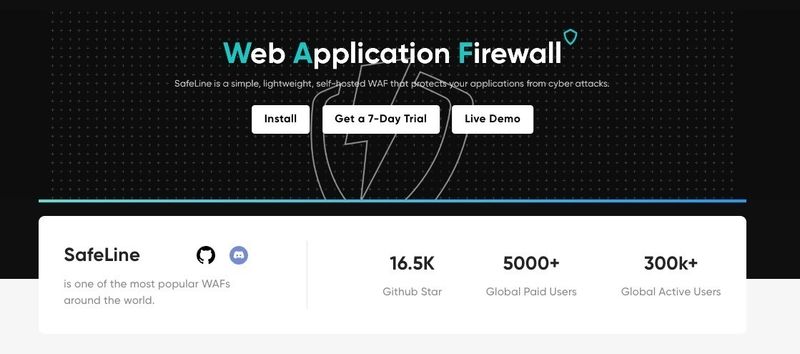If you've ever deployed a modern web app, chances are you've used a reverse proxy—even if you didn’t know it.
So, what is a reverse proxy? And why is it such a critical piece of today’s web infrastructure?
Let’s break it down.
🔄 Reverse Proxy vs. Forward Proxy
Before diving deeper, here’s a quick comparison:
- Forward Proxy: Used by clients (like your browser) to access the internet. Think of it as a middleman that hides your IP or bypasses content filters.
- Reverse Proxy: Used by servers to handle incoming requests. It stands in front of one or more backend servers and acts as a gateway.
🧩 What Does a Reverse Proxy Actually Do?
A reverse proxy sits between the client and your backend servers, accepting incoming traffic and forwarding it appropriately. It can:
- Balance load between multiple backend servers
- Handle SSL termination (HTTPS)
- Act as a caching layer
- Protect backend services by hiding their IPs
- Filter requests (e.g., via a Web Application Firewall)
It’s often your first line of defense—and performance boost.
🛡️ Real-World Use Case: SafeLine WAF
Take SafeLine WAF as an example. It’s an open-source Web Application Firewall that also functions as a reverse proxy.
Here’s what SafeLine does:
- Intercepts traffic at the edge
- Blocks attacks like SQL injection, XSS, RCE
- Routes traffic to the correct backend
- Enhances observability with logging and metrics
Whether you're self-hosting or deploying in the cloud, having a reverse proxy like SafeLine makes your architecture cleaner, safer, and more scalable.
🚀 Bonus: How It Helps Developers
As a developer, a reverse proxy lets you:
- Deploy multiple apps on one server with different domains
- Add rate limiting, auth, and TLS without touching app code
- Improve response time with caching
- Swap backend services without exposing internal changes
Basically, it gives you superpowers.
🧠 TL;DR
A reverse proxy is more than just a router. It's:
✅ A smart traffic manager
✅ A security layer
✅ A performance enhancer
✅ A DevOps enabler
If you're building anything beyond a static website, using a reverse proxy isn't optional—it’s essential.
And if you want open-source protection with built-in WAF capabilities, check out SafeLine WAF on GitHub or join the SafeLine community.




Top comments (2)
That’s already some more serious stuff. If you just want to use the internet more safely, or you work online with marketing, testing strategies or products, or you collect data for analytics, then a regular proxy will be enough. I like how proxy work is described here psbios.com/how-proxies-power-the-i..., and that’s exactly what I was aiming for. I mean just turn it on and forget, working calmly. If you choose a trusted provider, like floppydata is for me, that’s how it’ll be.
Thank you for the info , very interesting!
Some comments may only be visible to logged-in visitors. Sign in to view all comments.